Source: Acenture Interactive’s Acquity Group’s 2015 Next Generation of Commerce Study
One way I keep up with news and trends in social media is to curate social media research studies on Pinterest, share on my Facebook Page, and make sense of them here on my blog.
Here’s one insight about how your nonprofit might use some of this recent data to inform your social media strategy:
Acenture Interactive’s Acquity Group’s 2015 Next Generation of Commerce Study, surveyed more than 2,000 U.S. consumers on their habits and preferences surrounding digital engagement, content, shopping, and services. The report provides an in-depth look into user behavior by demographics. The findings are summarized in this infographic.
Some of the key takeaways are not surprising, for example, millennials are likely to buy products that appear in their feeds, but older generations are not. One finding that made me go hmm …. People tend to trust Facebook more than print newspapers for news.
I wondered whether this finding of people trusting the news on in their newsfeed on Facebook was showing up in other social media user research or just in this particular research study?
This post from Social Media Examiner of recent behavior changes on Twitter and Facebook summarizes data from recent Pew study. It reveals increasing numbers of Twitter and Facebook users visit these social networking platforms to get news. Of the over 2,000 study participants, 63% now depend on both channels for updates on national events and political issues, big leaps from 2013 numbers. The data also showed that Twitter was the platform where users go for breaking news.
What does this mean? In short, your nonprofit should align your social media content strategy with current events to engage users. In a word, Newsjacking.
This is not a new technique. I’ve written about how nonprofits can leverage newsjacking in the past. David Meerman Scott defines it as piggy-backing on timely news. It is done by creating original content that takes advantage of timely events that are getting mainstream media attention and providing your organization’s view or take on the topic and sharing it with your network, including influencers such as journalists and champions. (See David Meerman Scott’s e-book on Newsjacking)
Of course, this is a just a tactic. Your organization needs to understand your audience and objectives for your overall strategy. You also to have the content basics in place as newsjacking won’t feed your 100% of your content strategy.
You also need a news monitoring system and have the agility (mindset and ability to write and share fast as breaking news is fast).
Yesterday, I used the technique to publish this post on the Pope’s use of social media to reach younger audiences because it was in the news. The most important piece is to find the right connection between the news topic and your audiences interests and your objectives.
How does social media user research inform your organization’s strategy? How has your nonprofit used newsjacking successfully? What mindsets and toolsets do you have in place to make it work for your organization?
Beth Kanter is a consultant, author, influencer. virtual trainer & nonprofit innovator in digital transformation & workplace wellbeing.

Leave a Reply